Homeowners Associations (HOAs) are meant to keep neighborhoods looking nice and running smoothly—but sometimes, their rules take a turn for the bizarre. From restrictions on paint colors to bans on certain types of plants or pets, some HOAs enforce guidelines that are so oddly specific, they sound like satire. Yet these quirky clauses aren’t just rumors—they’ve actually made it into real contracts. Here are 13 of the strangest HOA rules that homeowners have had to follow, whether they liked it or not.
1. No Overnight Parking in Your Own Driveway
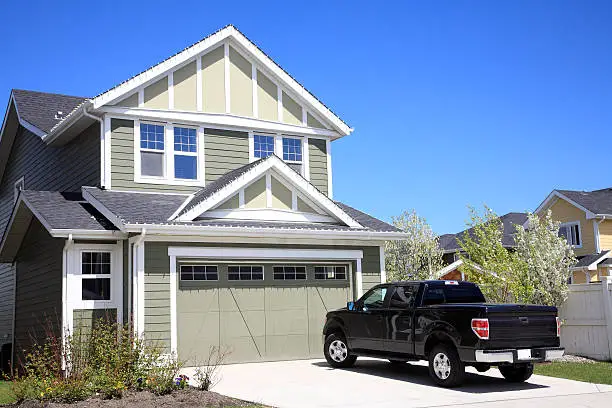
In some neighborhoods governed by HOAs, homeowners are not allowed to park overnight in their own driveways. Instead, all vehicles must be stored inside garages, regardless of whether the garage space is needed for other purposes like storage or workshops. This rule can be particularly frustrating for families with multiple cars, as garages may not accommodate everyone’s vehicle. Visitors face even stricter challenges, often being required to leave by a specific time to avoid penalties.
According to Zillow, these regulations are designed to maintain a uniform and orderly appearance across neighborhoods, though critics argue that they prioritize aesthetics over practicality. The rules can disproportionately impact homeowners with larger families or those who entertain frequently, as street parking may also be restricted. These policies can even lead to heated disputes between residents and their HOAs, particularly in communities where enforcement is stringent. For residents, the frustration often lies in the inflexibility of such rules, as real-life scenarios like late-night guests or unexpected car repairs are rarely accommodated. Some homeowners have turned to creative solutions, such as temporary parking permits, though these options are not universally available.
2. Holiday Decorations Must Match the HOA’s Style Guide

Decking the halls can become an unexpected challenge in neighborhoods with strict HOA regulations. Many associations impose specific rules on holiday decorations, requiring residents to follow predetermined guidelines for color schemes, themes, or even the placement of lights and ornaments. This transforms what should be a fun, festive activity into a chore dictated by an HOA’s aesthetic preferences. According to Real Manage, these rules are intended to create a cohesive look across the neighborhood, but they often stifle creativity and personal expression.
For example, homeowners may be prohibited from using inflatable decorations, multi-colored lights, or specific holiday symbols. Non-compliance can lead to warnings, fines, or even forced removal of decorations. Families who cherish their unique traditions often feel disheartened, as they’re unable to display cherished heirlooms or personalized decor. This level of control has sparked debates about how far HOAs should go in regulating seasonal displays. While some residents appreciate the uniformity, others argue that such restrictions dampen the joy and individuality of the holidays.
3. Only One Shade of White for Exterior Paint
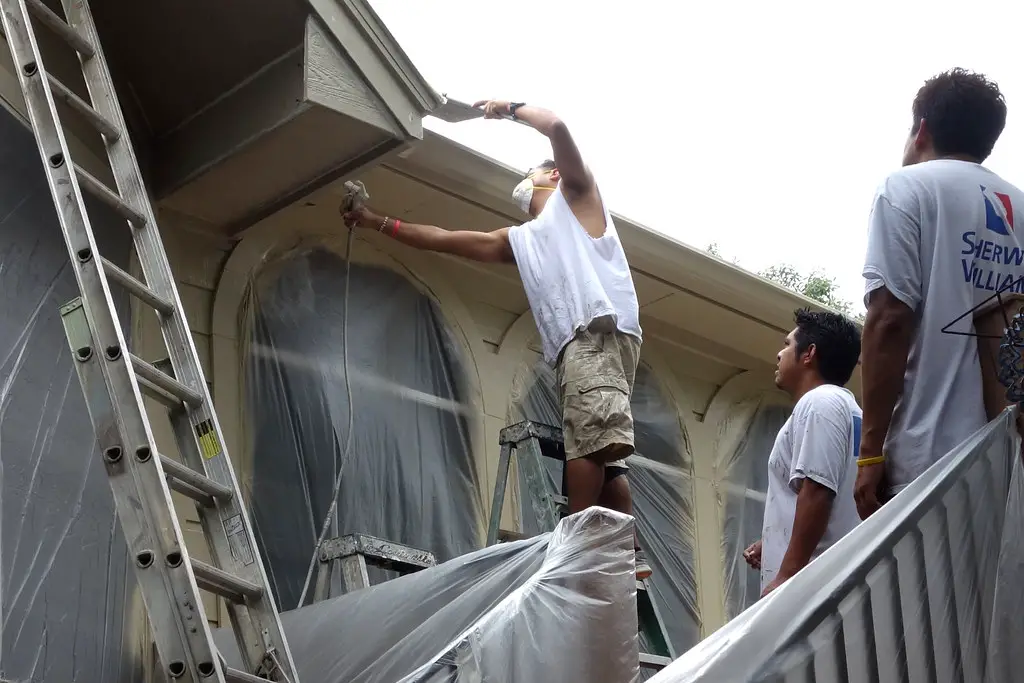
Painting your home’s exterior might seem straightforward, but in some HOA neighborhoods, it’s anything but simple. HOAs often dictate not only the color palette but also the specific shades homeowners can use, sometimes going as far as to approve just one shade of white. According to home improvement networking sites like Angi, these guidelines are designed to ensure visual harmony within the community and protect property values. However, they can also lead to absurd situations, such as homeowners being fined for choosing a shade that’s only slightly different from the approved one.
For instance, one resident’s choice of “Eggshell White” over “Pearl White” led to fines and a mandated repainting job. These rules can be frustratingly rigid, leaving homeowners with little room for personal expression. Additionally, the cost of complying with such specific requirements can be burdensome, especially if the approved paint is expensive or requires frequent maintenance. Critics of these rules argue that they stifle individuality and create unnecessary stress for residents. On the flip side, supporters believe these regulations prevent clashing aesthetics and maintain a cohesive neighborhood appearance. For homeowners, navigating these paint policies often feels like walking a fine line between self-expression and compliance.
4. Grass Must Be Exactly 2 Inches Tall
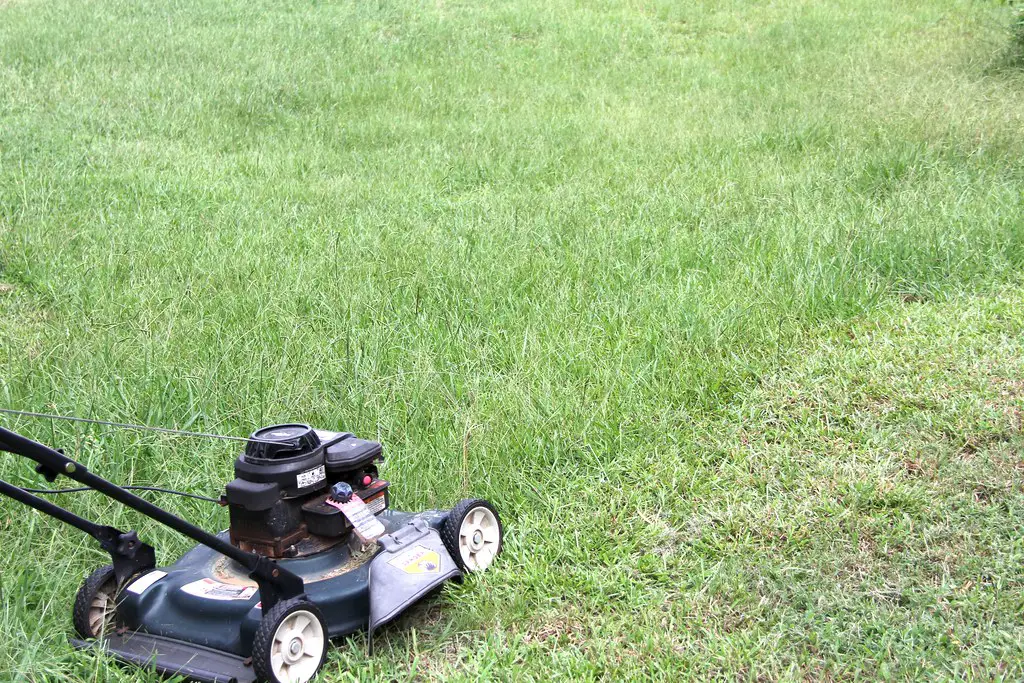
Maintaining a pristine lawn is a common expectation in HOA-governed communities, but some take it to extremes by mandating exact grass heights. Homeowners may be required to keep their lawns trimmed to precisely two inches, with any deviation risking a violation notice or fine. According to Lawn Love, these policies are intended to create a uniform and well-manicured look across the neighborhood. However, critics argue that such stringent requirements disregard practical concerns like weather conditions, soil health, and personal schedules.
Homeowners who neglect to mow their lawns for even a single weekend might find themselves facing penalties. Additionally, these rules can lead to overwatering and excessive use of fertilizers, both of which harm the environment. Residents often feel pressured to prioritize appearance over sustainable lawn care practices, creating unnecessary stress. For families with busy schedules or limited resources, meeting such strict standards can be a significant burden. On the other hand, some argue that these regulations enhance curb appeal and protect property values. The debate over how much control HOAs should exert over lawn maintenance remains a contentious issue in many communities.
5. Mandatory Lawn Gnome Removal
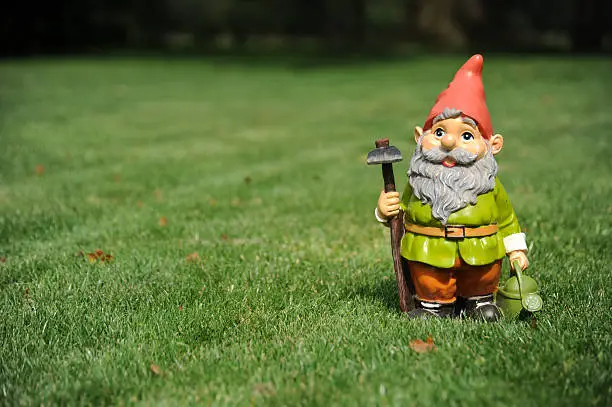
For fans of whimsical garden decorations, living under an HOA can be a significant letdown. Many HOAs explicitly ban lawn gnomes, citing them as eyesores that detract from the neighborhood’s aesthetic appeal. These rules often extend to other types of yard décor, including tasteful statues, fountains, or wind chimes. The intention behind such regulations is to maintain a uniform and polished appearance across properties. However, critics argue that these policies suppress individuality and strip away the charm that personal touches can bring to a home.
For homeowners who see their yards as an extension of their personality, these restrictions can feel particularly invasive. Violating the rules often results in warnings or fines, with some HOAs even threatening legal action for non-compliance. Stories abound of homeowners being forced to remove cherished items, leading to resentment within the community. While supporters of such bans believe they preserve property values, opponents see them as unnecessary overreach. The clash between creativity and conformity remains a recurring theme in HOA-governed neighborhoods, leaving many wondering where the line should be drawn.
6. Ban on Vegetable Gardens in the Front Yard
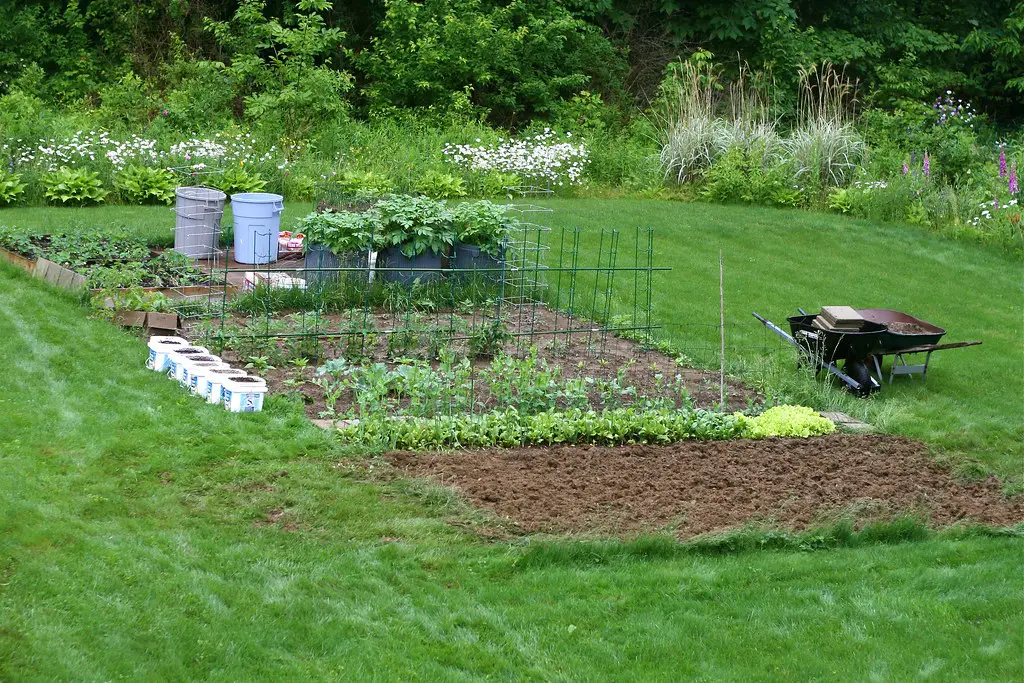
Even in an era of growing interest in sustainability and self-sufficiency, many HOAs prohibit vegetable gardens in front yards. These rules are often justified as a way to preserve curb appeal and maintain a uniform aesthetic across the neighborhood. Such bans ignore the environmental and social benefits of front-yard gardening, including reduced food miles and increased biodiversity. Homeowners who wish to grow their own produce often feel restricted, as backyards may not receive enough sunlight or space for a thriving garden.
Violating these rules can lead to fines or even forced removal of plants, discouraging sustainable practices. Critics of these policies argue that they prioritize superficial aesthetics over practical and eco-friendly solutions. Supporters, however, believe the restrictions prevent cluttered or poorly maintained gardens from detracting from the community’s overall appearance. Some HOAs have begun revisiting these policies in response to growing public interest in urban farming, but progress is slow. For now, many homeowners are left with limited options for cultivating their green thumbs.
7. No Clotheslines Allowed
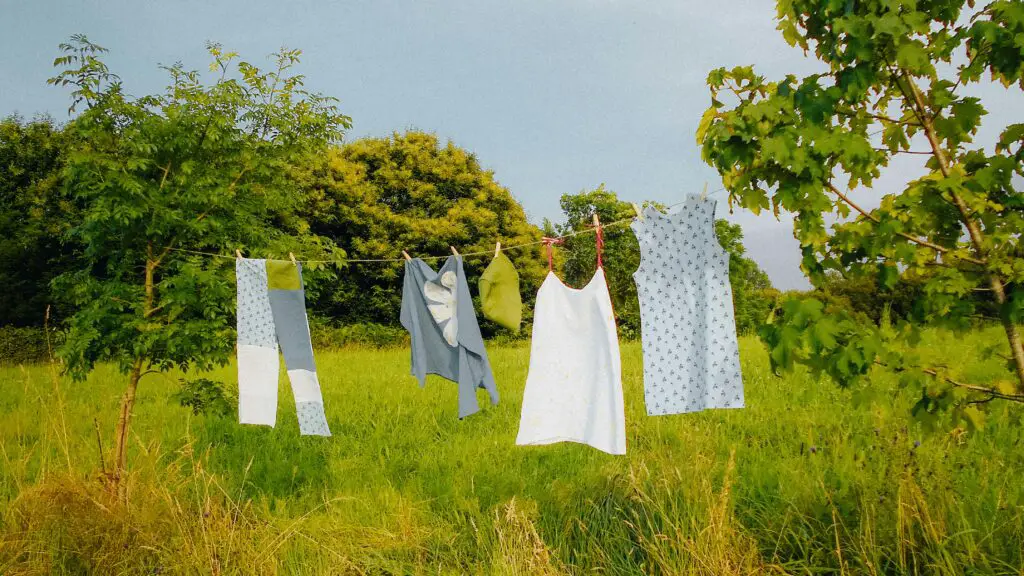
While energy-saving clotheslines were once a staple of American homes, many HOAs outright ban them today. These restrictions are typically justified as a way to maintain neighborhood aesthetics, as clotheslines are considered unsightly by some standards. Drying clothes outdoors can significantly reduce energy consumption and lower utility bills. For environmentally conscious homeowners, the inability to use clotheslines represents a frustrating limitation.
Critics argue that such bans prioritize appearance over practicality, especially in an era when sustainability is increasingly valued. Homeowners who violate these rules often face fines or warnings, discouraging the adoption of greener practices. Supporters of these restrictions believe they help preserve property values by avoiding a “cluttered” look in yards or balconies. Despite this, the movement to legalize clotheslines is gaining traction in many states, with some passing “Right to Dry” laws to protect homeowners’ rights to use them.
8. All Blinds Must Be White or Off-White
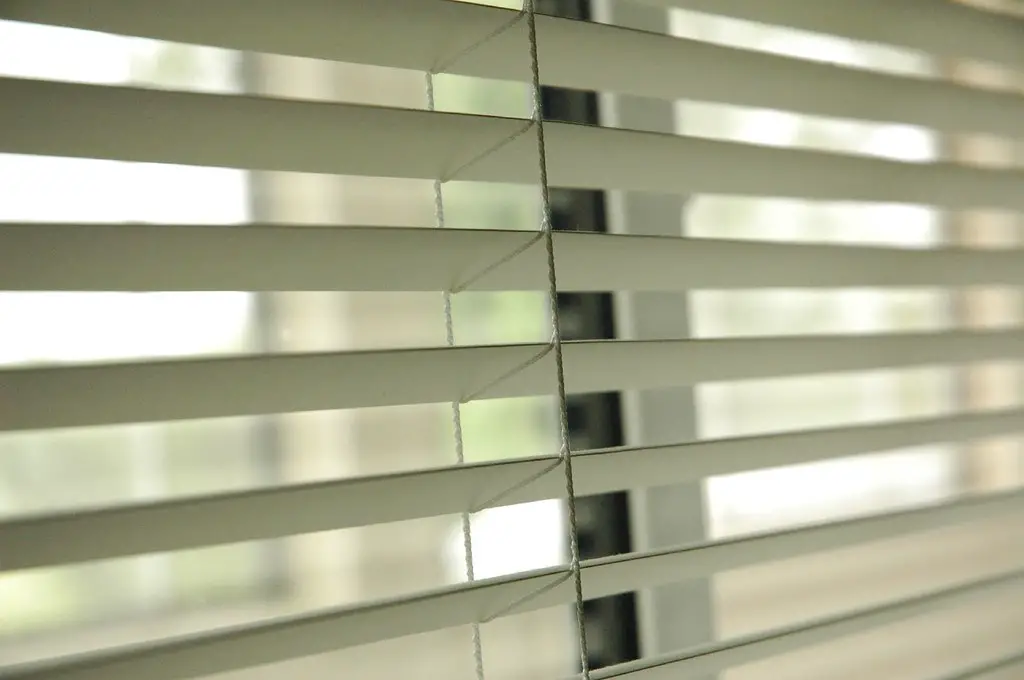
Interior design choices might feel like a personal matter, but not in neighborhoods governed by certain HOAs. Some organizations enforce rules requiring all blinds visible from the street to be white or off-white. The rationale is to create a cohesive exterior appearance across the community. However, for homeowners who value creative freedom, these restrictions can feel overly invasive. Critics argue that these policies limit personal expression and make it challenging to achieve a unique interior aesthetic.
Furthermore, they can impose unnecessary financial burdens on residents, as compliant window treatments often come with higher price tags. Homeowners who fail to follow these guidelines may face fines, adding to the stress of living under strict HOA rules. Supporters claim that uniform blinds enhance curb appeal and contribute to higher property values, but not everyone agrees. For many, the rule represents yet another example of HOAs exerting control over private spaces. This debate underscores the tension between maintaining communal harmony and respecting individual preferences.
9. Prohibition on Certain Dog Breeds

Owning a dog is a joy for many families, but certain HOAs impose strict breed restrictions, banning specific types outright. These rules are often based on concerns about safety or liability, with some breeds unfairly labeled as aggressive. Such bans are controversial because they often rely on stereotypes rather than individual behavior. Families with well-trained pets may find themselves unable to move into certain neighborhoods unless they rehome their furry companions.
Critics argue that these policies are discriminatory and fail to address the real issue: responsible pet ownership. Additionally, breed-specific bans can contribute to the stigmatization of certain dogs, making it harder for them to find homes. On the other hand, supporters of these restrictions believe they reduce potential risks and help create a safer environment for all residents. For prospective homeowners, navigating these rules can be a challenging and emotional process. The debate over breed bans highlights the complex relationship between personal freedoms and communal living standards.
10. Mailbox Design Must Match HOA Standards
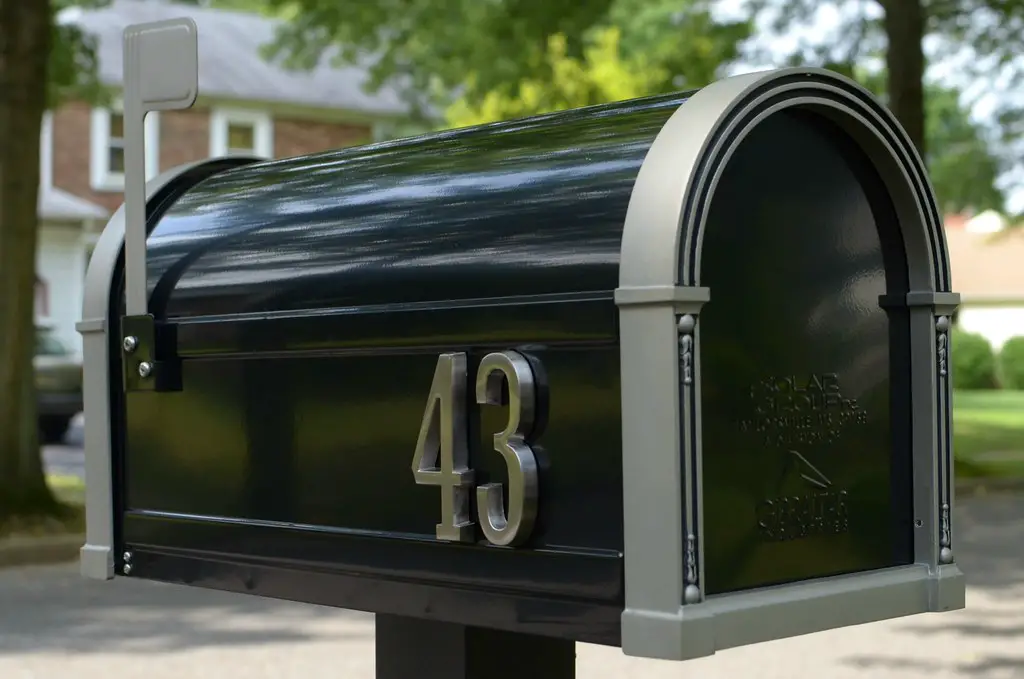
Even something as simple as a mailbox can become a point of contention in HOA-governed neighborhoods. Many HOAs enforce strict rules dictating the design, color, and placement of mailboxes. However, homeowners often find these rules unnecessarily restrictive, especially when the approved mailbox options are expensive or impractical. Violating these standards can lead to fines or mandatory replacements, adding to the financial burden of homeownership.
Such policies prioritize aesthetics over functionality and choice, though. For residents, the inability to personalize their mailboxes can feel like a loss of individuality. Supporters, however, believe these restrictions help maintain property values and prevent mismatched or poorly maintained mailboxes from detracting from the neighborhood’s appearance. The mailbox debate exemplifies the broader struggle between uniformity and self-expression in HOA communities.
11. Fines for Feeding Birds

For bird enthusiasts, setting up feeders in the yard is a way to connect with nature and support local wildlife. However, many HOAs prohibit feeding birds, citing concerns about mess, pests, and neighborhood aesthetics. Feeding birds provides essential nourishment during migration and winter months when food is scarce. Despite these ecological benefits, HOAs often argue that bird feeders attract unwanted animals, such as squirrels, raccoons, or even rats, which can create health and safety risks.
Homeowners who break these rules may face fines or be forced to remove their feeders. Critics of such bans believe they overlook the positive environmental impact of feeding birds, particularly in urban or suburban areas where natural food sources are limited. Supporters counter that these policies help maintain cleanliness and prevent disputes between neighbors.
12. No Garage Door Left Open for More Than 10 Minutes
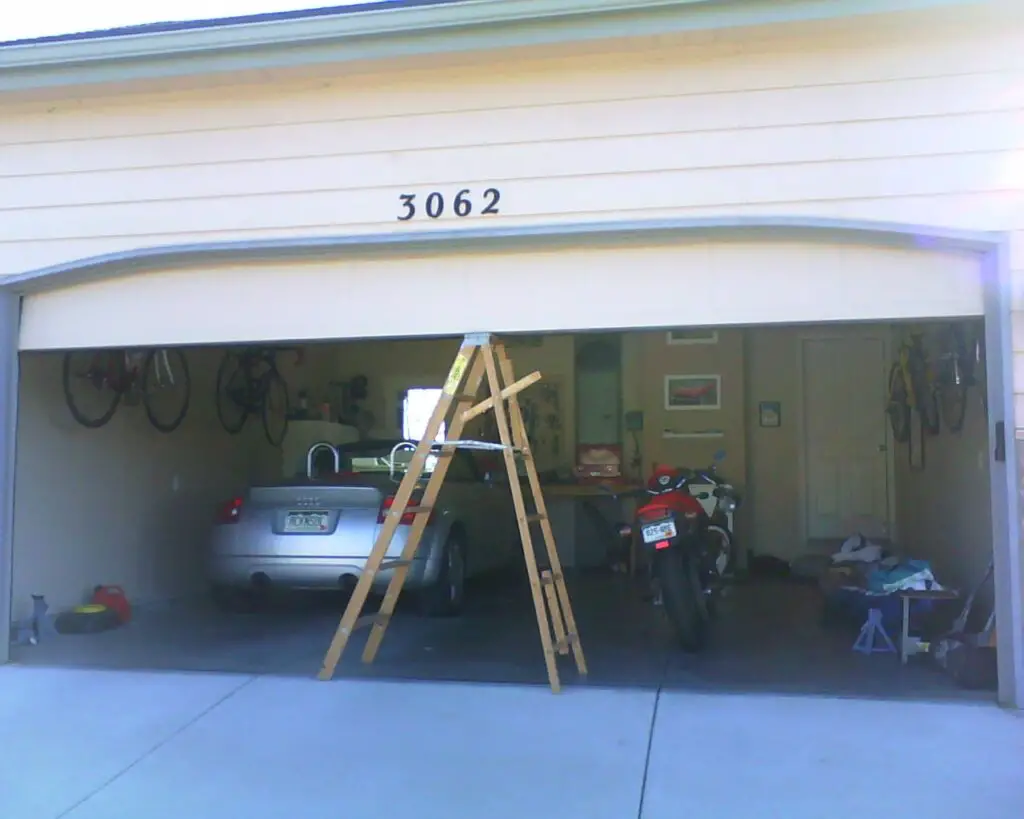
In some HOA communities, the simple act of leaving your garage door open for more than ten minutes can result in a violation notice. This rule, aimed at maintaining neighborhood uniformity and security, often feels excessive to residents. Such restrictions are typically designed to prevent clutter or disrepair from being visible to passersby. However, they can create practical challenges for homeowners engaged in activities like cleaning, unloading groceries, or working on home improvement projects. Critics argue that these rules are overly strict and fail to account for the realities of daily life.
Supporters, however, believe they deter crime and ensure the neighborhood maintains a polished appearance. Violators may face fines or repeated warnings, adding unnecessary stress to their routines. For many, this rule exemplifies the overreach of HOAs, prioritizing aesthetics and security over convenience and practicality. Finding a balance between maintaining community standards and respecting individual needs remains a contentious issue in HOA-governed areas.
13. Basketball Hoops Must Be Stored Out of Sight
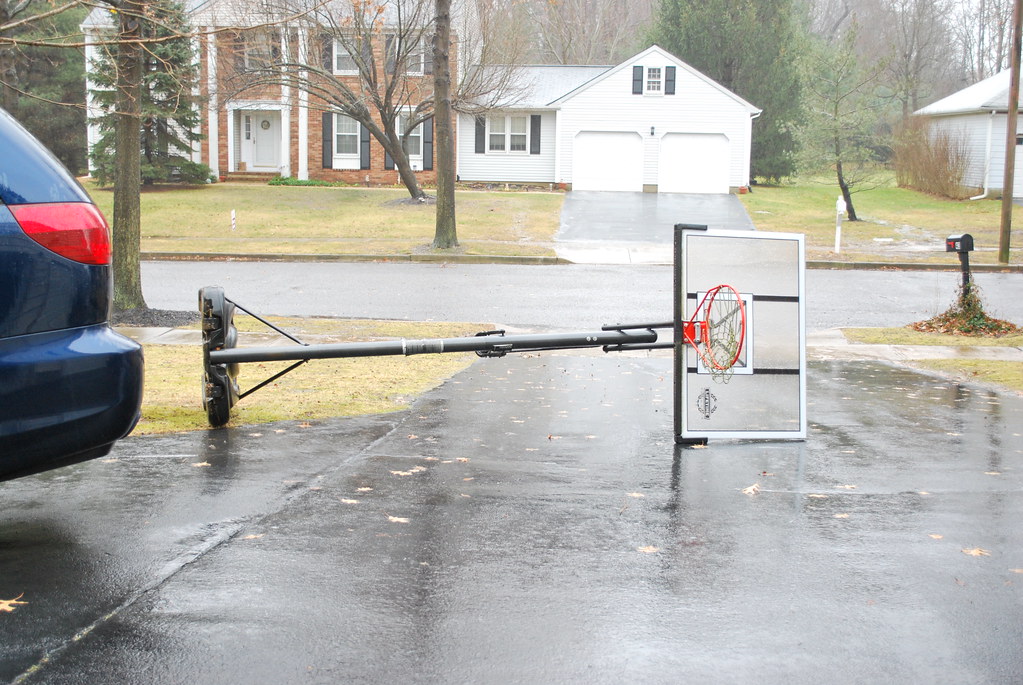
For families with kids who love playing basketball, HOA rules requiring hoops to be hidden when not in use can be a significant inconvenience. Portable basketball hoops, even if they are easy to move, often fall under these restrictions. While some residents appreciate the uniform appearance this creates, others see it as an unnecessary limitation on recreational activities.
Critics argue that such restrictions discourage outdoor play and make it harder for children to engage in healthy physical activities. Supporters, however, believe these rules help prevent disputes between neighbors over noise or blocked driveways. Homeowners who fail to comply may face fines or be required to remove their basketball hoops entirely. For many families, this rule represents yet another example of how HOA regulations can sometimes prioritize aesthetics over lifestyle and community well-being.
14. Restrictions on Certain Car Colors
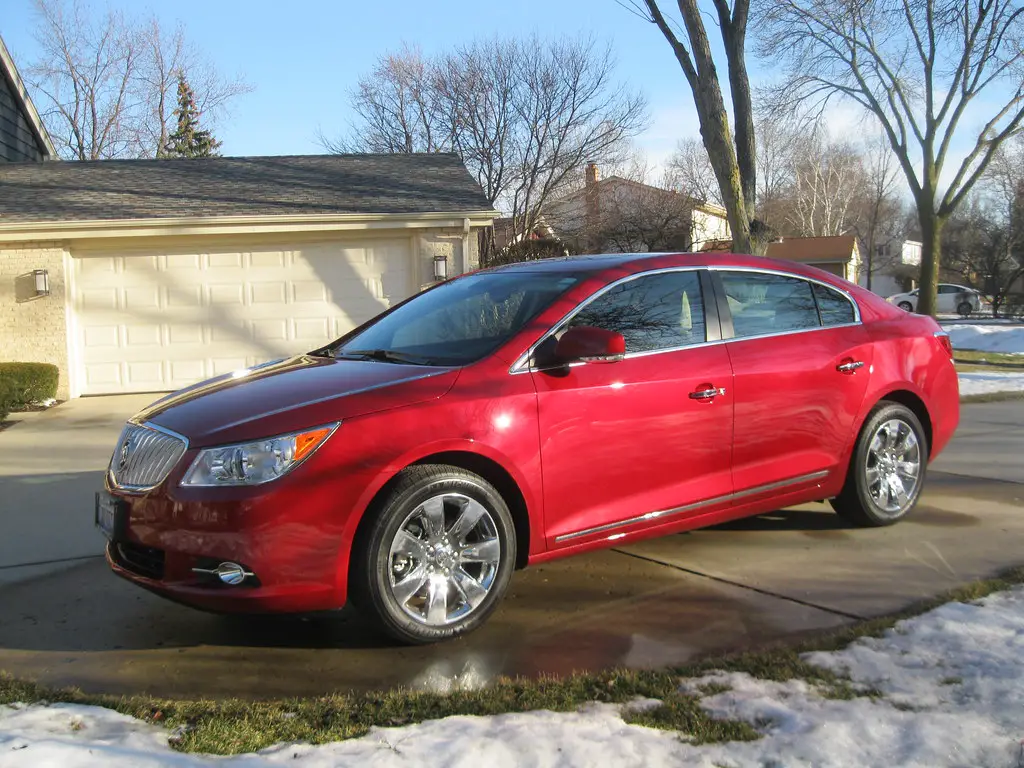
Believe it or not, some HOAs go as far as regulating the colors of cars parked in driveways. Brightly colored vehicles, such as red, yellow, or neon shades, are often deemed “too flashy” and incompatible with the neighborhood’s aesthetic standards. Car color regulations are rare but can occur in communities with particularly strict HOAs. Critics argue that these rules are an extreme overreach, limiting personal freedom and dictating choices unrelated to the home or property.
For homeowners who own or plan to purchase a car in a restricted color, these rules can complicate their living situation. Supporters claim that such policies help maintain a uniform and sophisticated look throughout the neighborhood, contributing to higher property values. However, enforcing these rules can lead to frustration and disputes, as residents may feel unfairly targeted. The debate over car color restrictions exemplifies the extent to which some HOAs are willing to go to maintain control over their communities.
